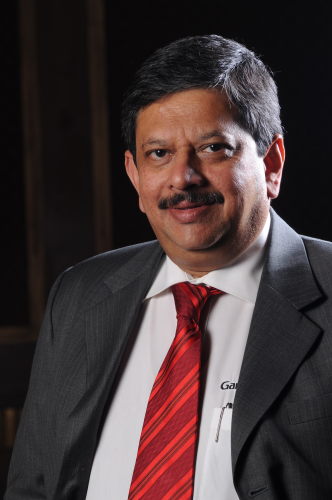
What is Gamesa's business strategy to keep itself competitive? Is repowering a sound business proposition?
Gamesa India, from its inception two and a half years ago, has been focusing on independent power producers (IPPs) in the wind sector. The products being offered by us are hence extremely competitive in terms of the cost per kilowatt hour. We have also been the first to do repowering of wind turbines, and we initiated this activity in the southern state of Tamil Nadu where most of the small and low plant load factor turbines are located. We believe we can replace about 2,500 MW of these small turbines with our more efficient and larger capacity wind turbines, improving the power output by at least two times.
How do you view the Indian wind market, currently and prospectively?
The Indian wind market has attained levels of about 3,000 MW every year. However, considering the acute shortage of power and the grossly inadequate and exorbitant coal supplies, I feel the market will go up to 5,000 to 7,000 MW every year from the next financial year (2012-13). This can only happen if proactive steps are taken at the policy level to make this sector interesting for investors to get reasonable returns on their investments. For instance, the generation based incentive (GBI) should be enhanced to Rs1.20/kWh (US$0.00024) and extended further. The Renewable Purchase Obligation (RPO) should be increased and enforced more stringently so that the Renewable Energy Certificate (REC) market picks up properly.
What is Gamesa's profile in the country?
Gamesa has installed more than 800 MW in India in the last two years. Over this period, we have invested about Rs7500 million (US$150m) in manufacturing facilities and another Rs5000m (US$100m) in building up a Megawatt pipeline. Our manufacturing facilities are located in Chennai, in the state of Tamil Nadu, and Baroda, in the state of Gujarat, and our R&D facility is located in Chennai as well. We have about 1000 employees in India.
Which are the more major projects you have executed to date in India, for which customers and at what cost?
Our major projects have been for customers that have included TVS Energy, Oil India, Gas Authority of India Ltd (GAIL), Oswal, Sterling Agro Industries Ltd, Lakshmi Machine Works Ltd and Shanmugavel Spinning Mills Group, to mention a few. The cost has been about Rs65-70m/MW (US$1.3-1.4m) for the G-58/850 kW.
Which Indian state has been most progressive with regard to wind energy and why?
Tamil Nadu has been the most progressive by way of wind energy policies, mainly because these policies were pioneering in scope.
About: Sarosh Bana is India correspondent for Renewable Energy Focus magazine.


